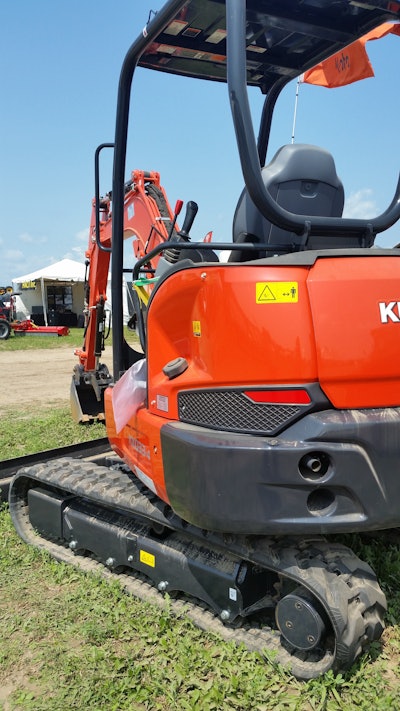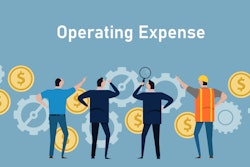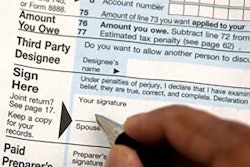
Here we are coming up on six months of activity for 2021, with the pandemic somewhat behind us but the unsettled financial future ahead of us. Have you taken precautions to manage risk going forward, or are you just going to wing it for the balance of 2021 and hope 2022 returns to “normal” (whatever that is)?
There are many financial headaches you are facing even if your work schedule has been full. Material costs is one of them. Finding competent help is another. Having your bids accepted is a third since many new players are entering your market hoping to find work. And we cannot leave out equipment costs, including the equipment you own and the equipment you rent.
Another major factor to consider is the impact the pandemic had on productivity, with many contractors making investments to reduce construction time as well as costs. You see many examples of this in the ForConstructionPros.com e-newsletters, which I hope you read and use as a management tool regarding your operation.
Put all of this together and the result is you have to find ways to stay competitive by reducing costs and improving productivity as a way to offset higher material and employee costs, as well as to combat the new productivity changes being employed by your competitors. This “change” was already in the works before the pandemic and has only accelerated since then.
Understand Equipment Operating Costs
The equipment side of the equation is really out of control. The shortage of equipment available (due to lack of microchips) is causing used equipment prices to increase, which causes rental rates to rise – and leaves you with a tough equipment cost to use for bidding 2021 and 2022 work. I am going to project a lack of rental equipment for the balance of this year and for a good chunk of 2022. So, in order to get better control of costs and timelines, I suggest you go into the rental business yourself.
Let’s not kid ourselves – you have been in the rental business all along. If you own and maintain an internal fleet you are in the rental business! And why should you not take advantage of all the American Rental Association statistics to help manage your internal fleet and compare costs. After all, if your cost of ownership numbers are out of line, you can take steps to correct them or just rent more. In either case, you become more profitable and competitive. Not a bad result to have during these turbulent times.
I suggest you spend some time and bucks to set up an “Equipment Operating Costs” section in your income statement, which will help you determine your equipment direct costs as well as measure cost recovery based on billing related to equipment usage. If you find you cannot meet the “rental rate” cost for the equipment being used, the report could support right sizing the fleet or suggest ways to maintain the fleet for a lower cost.
If there is an equipment purchase in the offing, you can add the new units to the internal fleet to ensure billing is covering both the ownership and operating costs – in short, that you are covering the debt service related to the new unit.
Not so bad so far. But the only way to get the full benefit of this program is to track both revenues and costs (where applicable) by unit. In other words, each unit over a certain dollar amount is assigned a number and any related cost is charged to that unit, with the balance of expenses charged to rental cost of sales. Vendor bills related to specific units would be processed using the unit numbers, as well as being processed as an account payable.
Work orders for normal maintenance or major repairs would also be charged to each unit using a fully charged billing rate. Billing for equipment usage would be charged by unit so that, at the end of each month or each quarter, you can tell if you are recovering 100% of your equipment costs, and also reveal which units are behind the curve, requiring further analysis.
Ensure You Reach Full Cost Recovery
Most of you are probably questioning your ability to get this data collected. Well, I am going to give you another alternative that will get you to the same place but without the individual unit data. How about you just collect the gross data (billing data, expenses, labor, etc.) and see how that looks. If you are close to full cost recovery, including debt service, you can take your time diving further into the unit details.
On the other hand, if you are not seeing cost recovery (which means you are not covering debt service), it may be time to find one of those young folks just out of school to help you set up the accounting side of the equation, test it and then write up procedures for processing the billing and data.
Aside from finding a new tech savvy graduate to do the grunt work, I advise you to contact your software vendor and ask if they have a rental package available or know where to get one. In that case, you could run a “separate” set of rental equipment books and then record the results in your contractor books.
There is a reason large contractors look for local rental companies to buy. And we just discussed why.
Next month I will include a snapshot of how the rental accounting books should look.
Interested in learning more on financials? Attend the Ignite Construction Summit — the construction industry’s only conference and networking event for construction business owners and high-level managers — November 3 to 5, 2021, to hear from Garry Bartecki on these issues and more!



















